If you like a fright, haunted stories or ghostly goings-on, we have picked out some spooky castles across the UK which deliver a hair-raising experience throughout the year.
1. Dover Castle
Dover Castle stands high in Kent, overlooking the sea and protecting England’s south-eastern coast. Built soon after 1066, this fortress has been the site of royal intrigue, sieges and military command points. Spirits of soldiers and prisoners who met their end within the castle’s walls are said to reside in the corridors and lower levels.
The castle’s most notable spectre is a young drummer boy. His drumming echoes across the castle’s battlements where he was allegedly shot and killed whilst delivering a message.
2. Muncaster Castle
Built in the late 13th century, Muncaster Castle in Cumbria has its fair share of haunted tales and ghostly experiences. Many tales revolve around Tom Fool, (Thomas Skelton) a rarely seen spirit which plays tricks on family, staff and visitors.
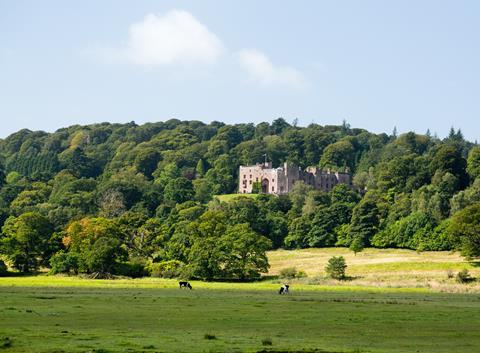
Hauntings often occur in the tapestry room, where visitors have been said to have heard footsteps outside in the corridor, and seen the door handle turning and the door opening - although nobody is there. A child has been heard crying towards the window end of the room and sometimes a lady heard singing, comforting a sick child.
Muncaster offers one or two scientific ghost vigils each year when you can join a group together with paranormal specialists for an overnight exploration of the castle’s ghostly residents, or overnight ghost sits, where a small group can spend the night in the tapestry room.
3. Chillingham Castle
Based in Northumberland, 13th century Chillingham Castle is said to be Britain’s most haunted historic castle. The castle boasts some of the highest levels of paranormal activity in the country, with a large collection of spectres and apparitions spotted by visitors over the years.
Take part in ghost tours and hunts to explore the most haunted areas of the castle and grounds, and get hands-on with ghostly investigations. Groups of ten or more can organise a date to suit to meet the castle’s ghostly residents.
4. Inveraray Castle

Located 60 miles north west of Glasgow by Loch Fyne, Inveraray Castle is one of Scotland’s finest stately homes and is still the home of the Dukes of Argyll and the seat of the Clan Campbell. The castle was ransacked and burned in 1644 as Civil War swept through Britain and many lost their lives during the attack, including the castle’s harp player. Many claim to have heard his harp music still playing in the castle library.
Some say the harpist was left behind as punishment for looking through the keyhole of the lady of the castle. This might explain why he mainly appears to women.
5. Oxford Castle & Prison
Norman baron, Robert O’Doyly took it upon himself to build Oxford Castle following the Battle of Hastings in 1066. The castle and prison are now a popular attraction, with visitors able to descend into the 900-year-old crypt, the only surviving remains of St. George’s Chapel. Here, groups can explore the 18th century debtors’ tower and prison D-wing.
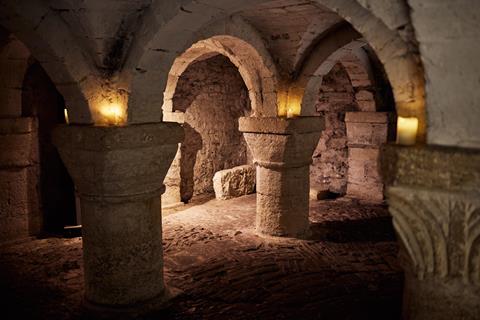
You can explore the castle and prison in the evening on a guided tour, or take part in a ghost tour of the castle and surrounding city of Oxford, led by paranormal enthusiast Morgana McGhoul every Friday evening.
6. Warwick Castle
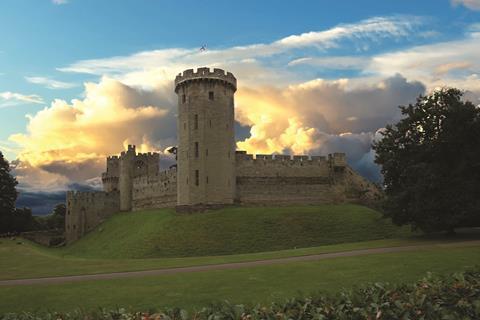
Built by William the Conqueror and strengthened during the Wars of the Roses and the English Civil War, Warwick Castle is home to hundreds of years of British history.
The popular tourist destination displays over 1,000 pieces of arms and armour in the Great Hall and served as the home to the Earls of Warwick. Creepy tales have been told of the historic fortress, including growls of an evil spirit in the dungeon and physical sensations of being grabbed.
Groups of ten or more can visit the castle, grounds and attractions, including the Castle Dungeon, which now hosts an immersive trip back to the time of the Plague, packed with jumps and frights.








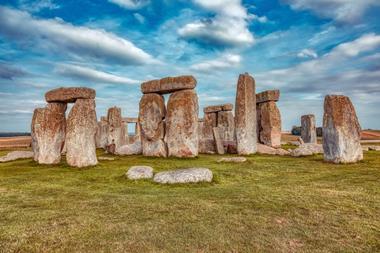
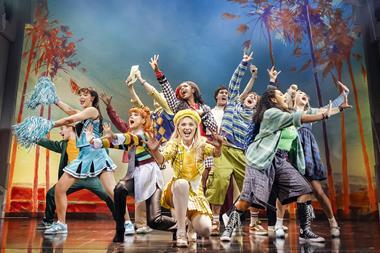
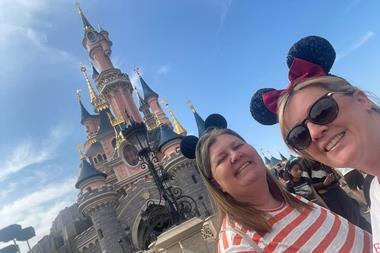
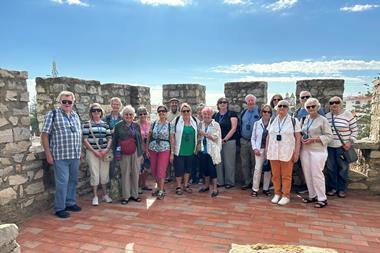

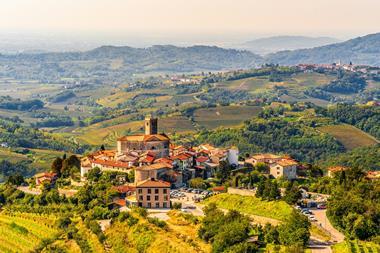
No comments yet